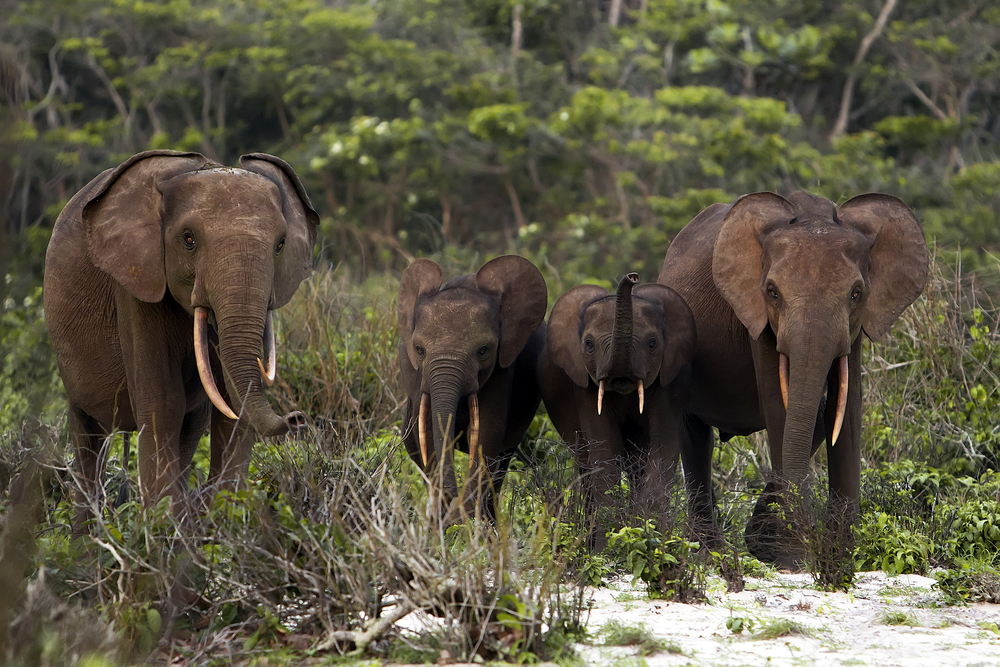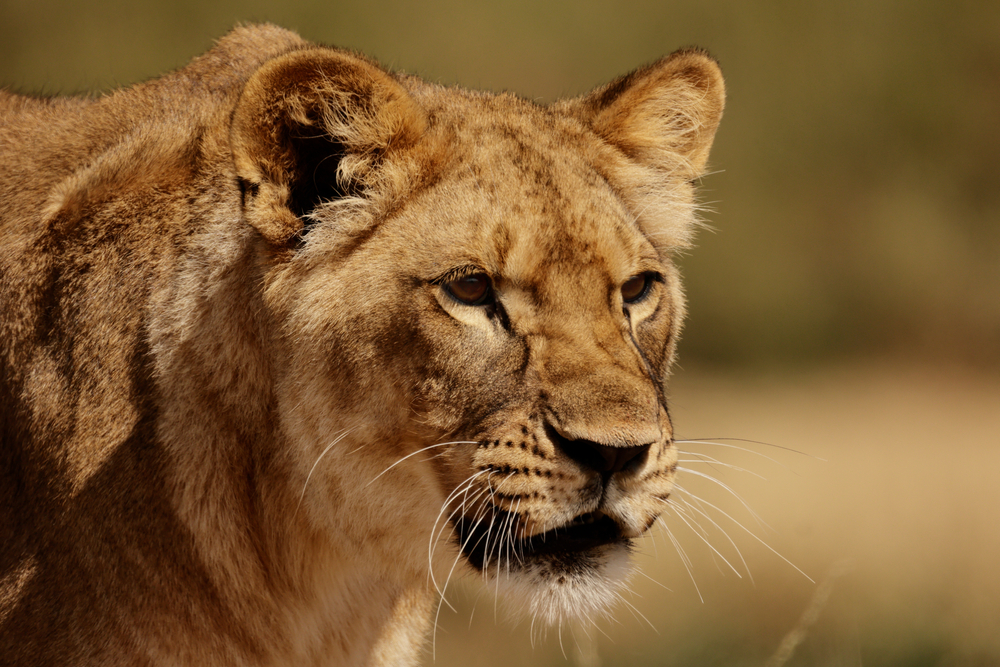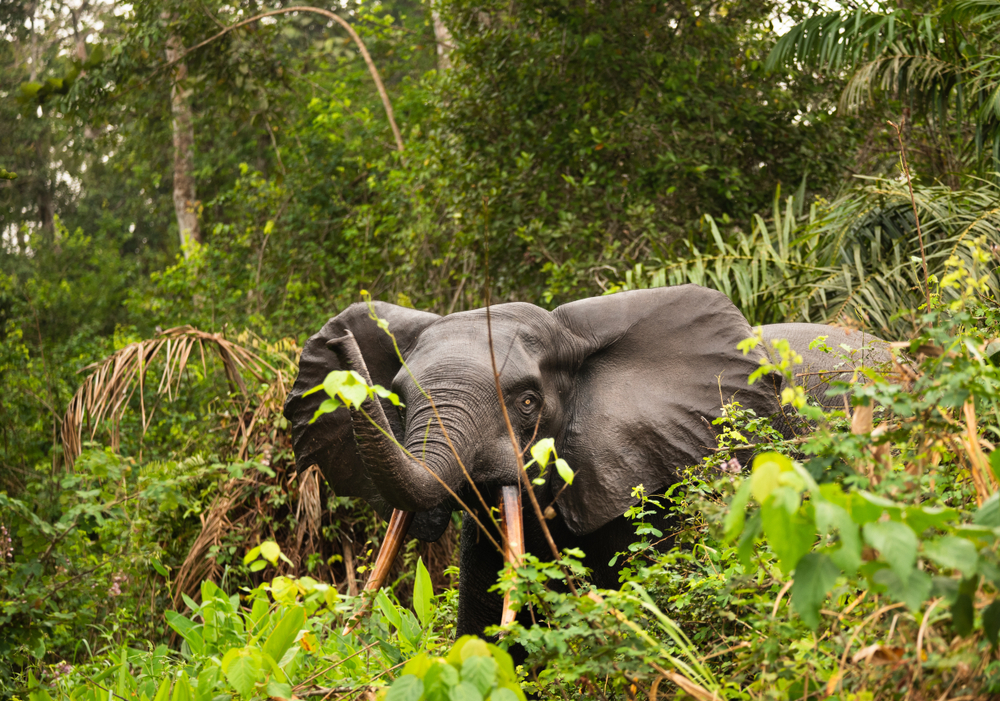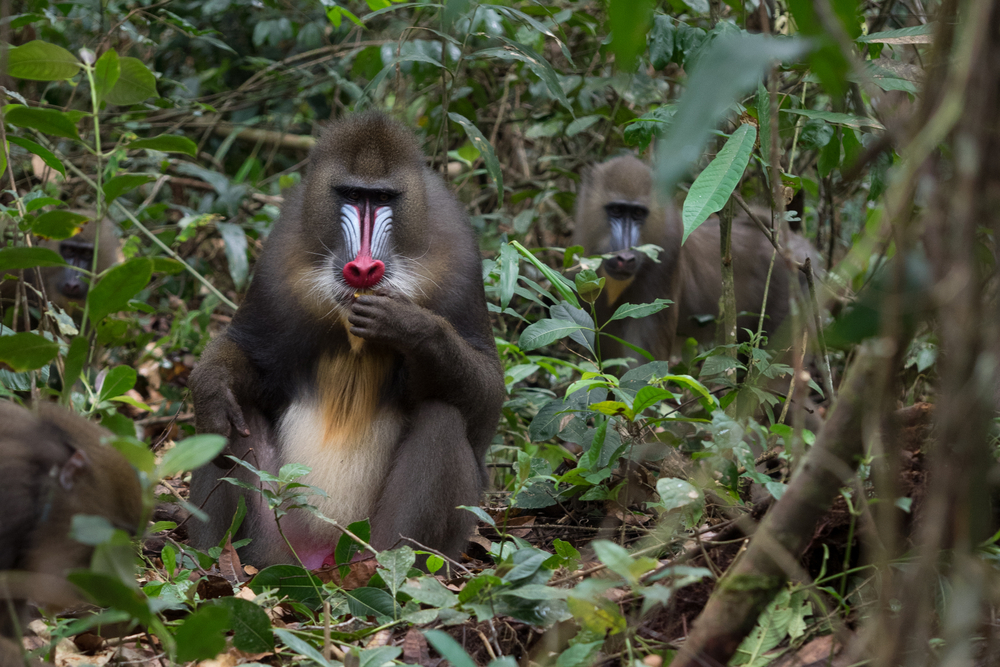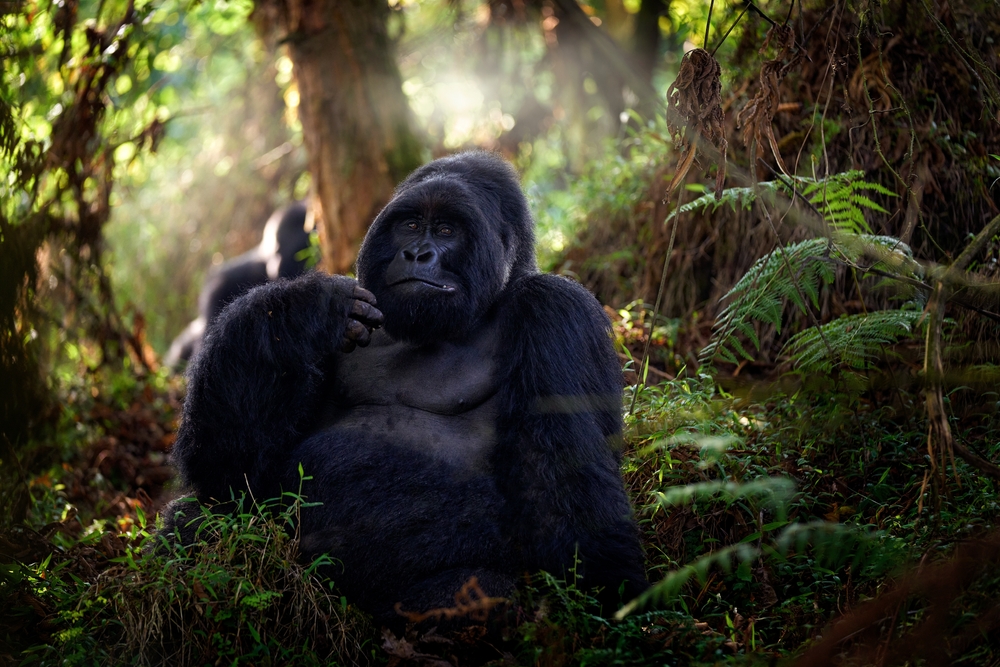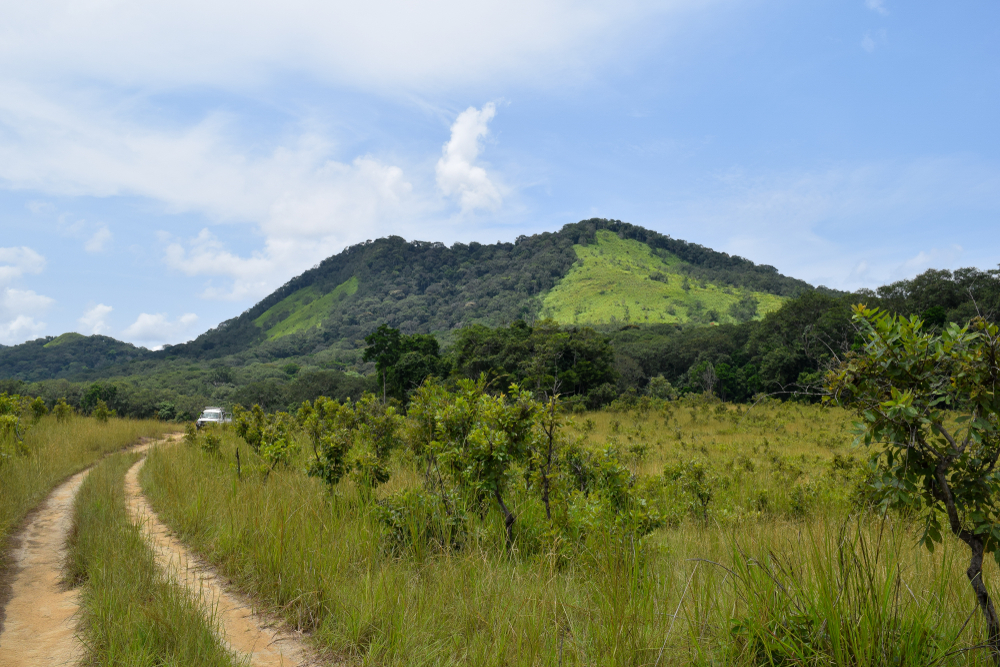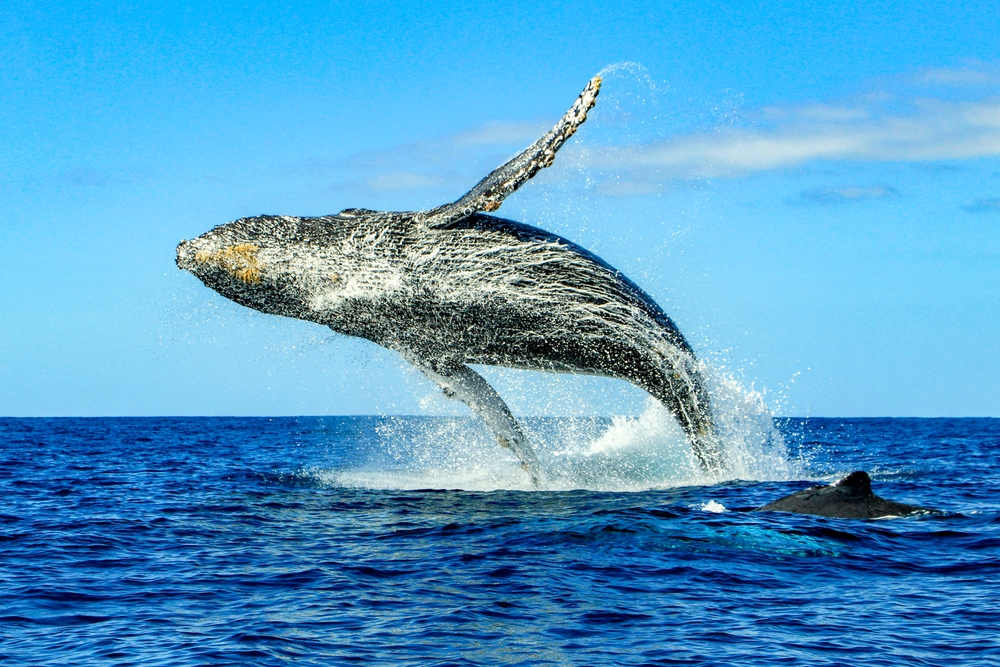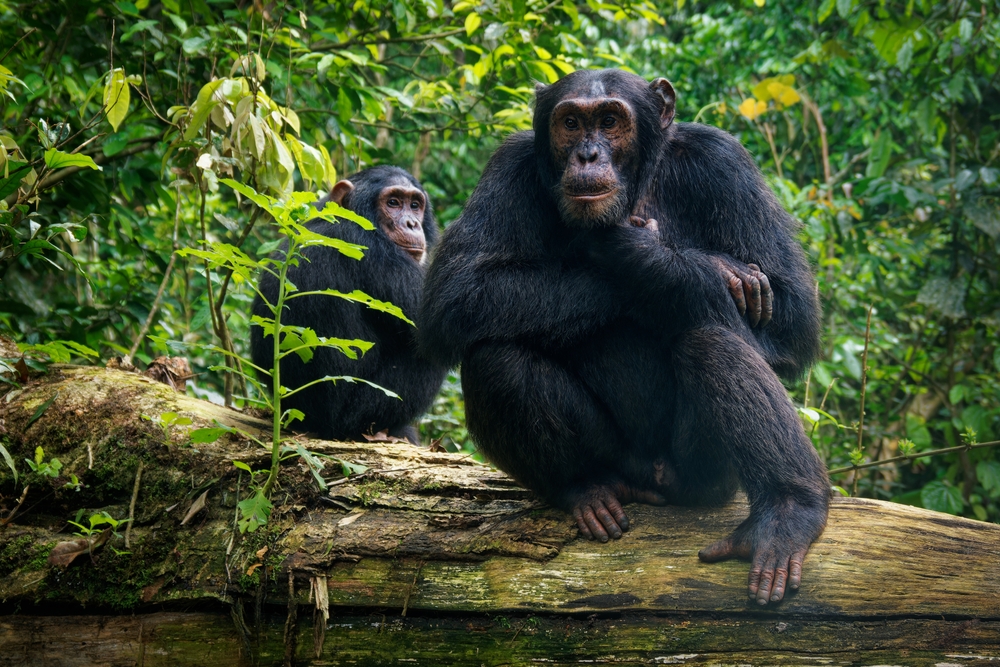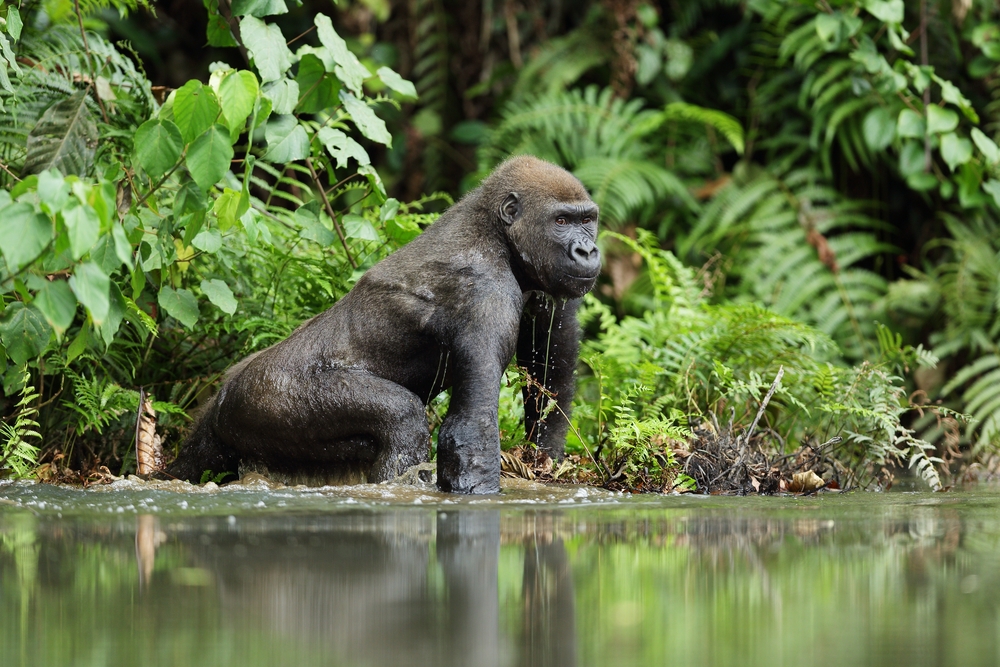Moukalaba-Doudou Overview
Moukalaba-Doudou National Park, locally known as “Parc National de Moukalaba-Doudou”, is one of Gabon’s premier wildlife reserves. Situated in the southwestern region of the country, the park spans approximately 4,500 square kilometers (1,737 square miles) and showcases a remarkable mix of savannas, dense rainforests, and riverine landscapes. It is renowned for its biodiversity and stands as a critical sanctuary for some of Central Africa’s most iconic wildlife.
The terrain of Moukalaba-Doudou National Park is incredibly varied, with rolling savanna hills, lowland rainforests, and the towering Doudou Mountains forming its namesake. Numerous rivers meander through the park, including the Nyanga River, creating lush riparian zones that enhance its ecological richness. This diversity of habitats makes the park an important refuge for both forest and savanna species, offering visitors a chance to experience an impressive range of landscapes and wildlife.
The park is a haven for wildlife, hosting populations of western lowland gorillas, chimpanzees, and forest elephants. Other notable species include buffalo, sitatunga antelope, and red river hogs. Moukalaba-Doudou is also a prime birdwatching destination, with hundreds of bird species, such as African grey parrots and hornbills, inhabiting its diverse habitats. Reptiles and amphibians thrive in the park’s wetlands, adding to its rich biodiversity.
Visitors to Moukalaba-Doudou National Park can immerse themselves in the park’s natural beauty and wildlife through eco-tourism activities. Guided wildlife safaris, gorilla tracking, and birdwatching tours provide unique opportunities to explore the park and learn about its ecosystems. The park’s savannas and forest trails are ideal for hiking, offering stunning views of the surrounding landscapes. Additionally, cultural experiences with local communities allow visitors to gain insight into traditional practices that have coexisted with the natural environment for generations.
Despite its ecological importance, Moukalaba-Doudou faces significant conservation challenges. Habitat loss due to agricultural encroachment, illegal logging, and poaching are persistent threats. Human-wildlife conflicts, particularly involving elephants, further complicate conservation efforts. Gabon’s government, with the support of international conservation organizations, has prioritized initiatives to address these issues. Anti-poaching patrols, community-based conservation projects, and eco-tourism development are central to safeguarding the park’s biodiversity.
Moukalaba-Doudou National Park is a testament to Gabon’s commitment to preserving its natural heritage. Its diverse ecosystems and rich wildlife make it a cornerstone of conservation in the region. By promoting sustainable tourism and engaging local communities in conservation efforts, the park continues to serve as a vital refuge for wildlife and a source of inspiration for visitors. Ensuring its long-term protection will allow future generations to experience the beauty and biodiversity of this remarkable landscape.








































































